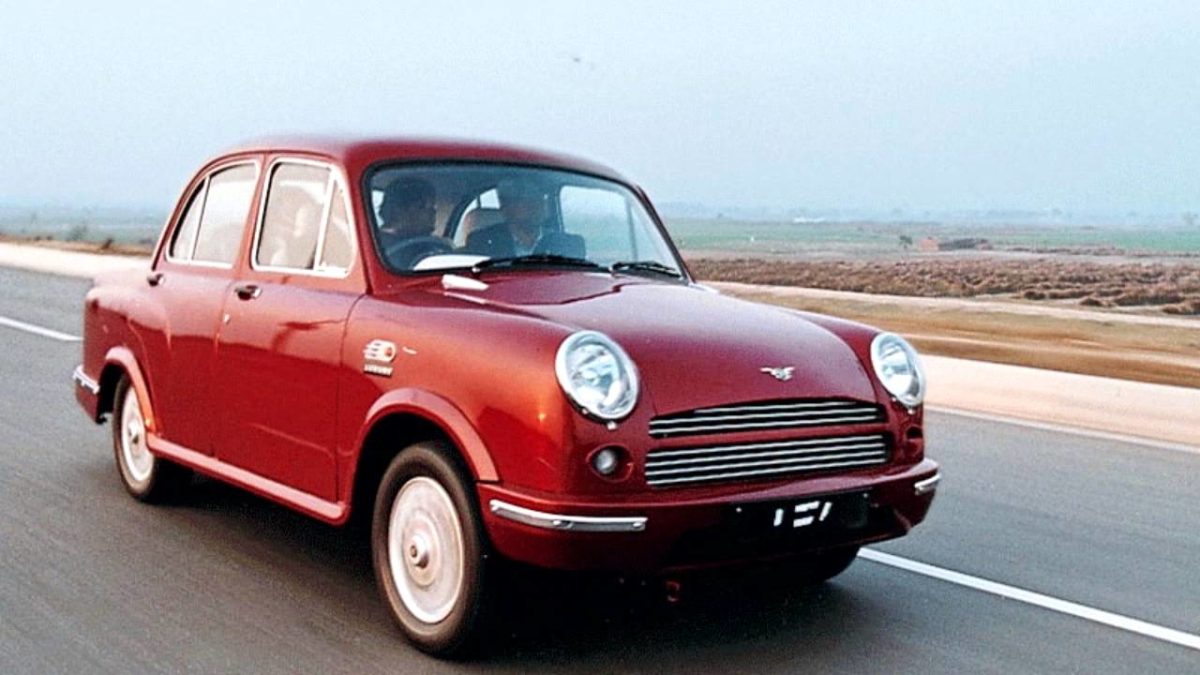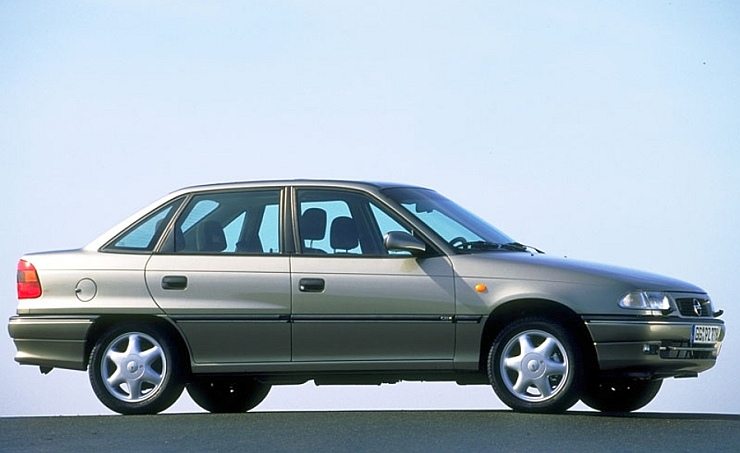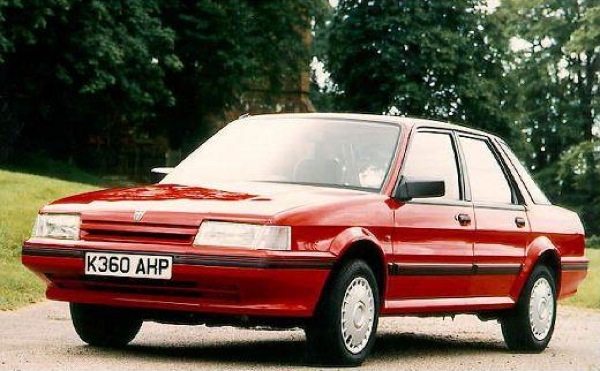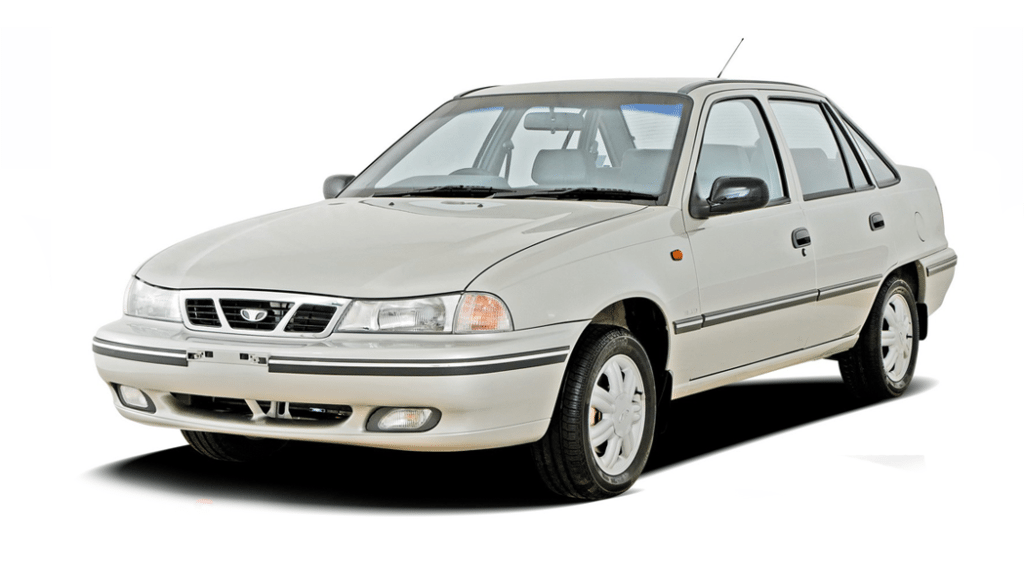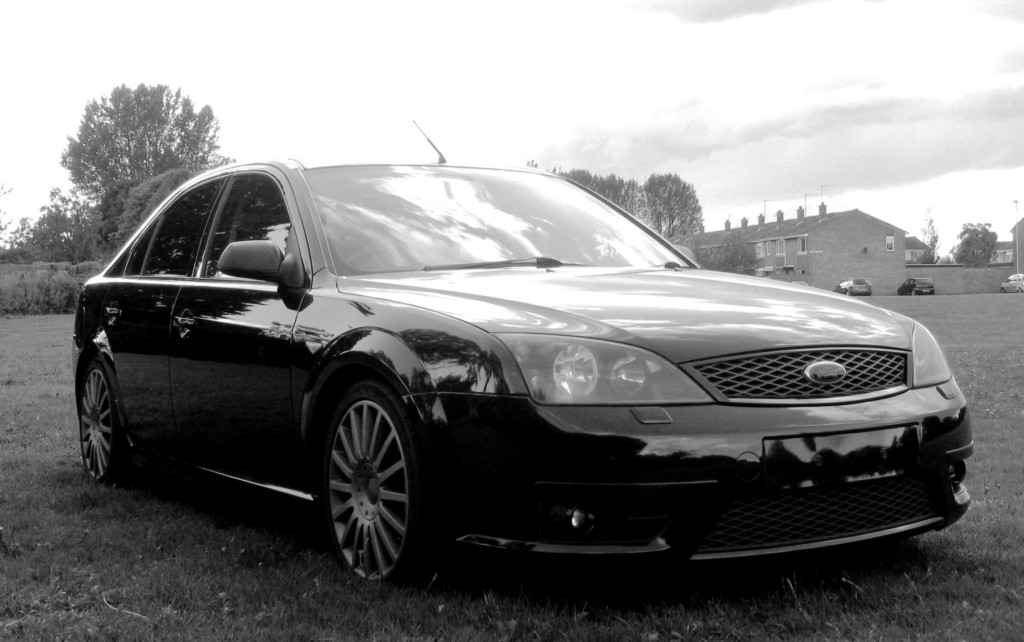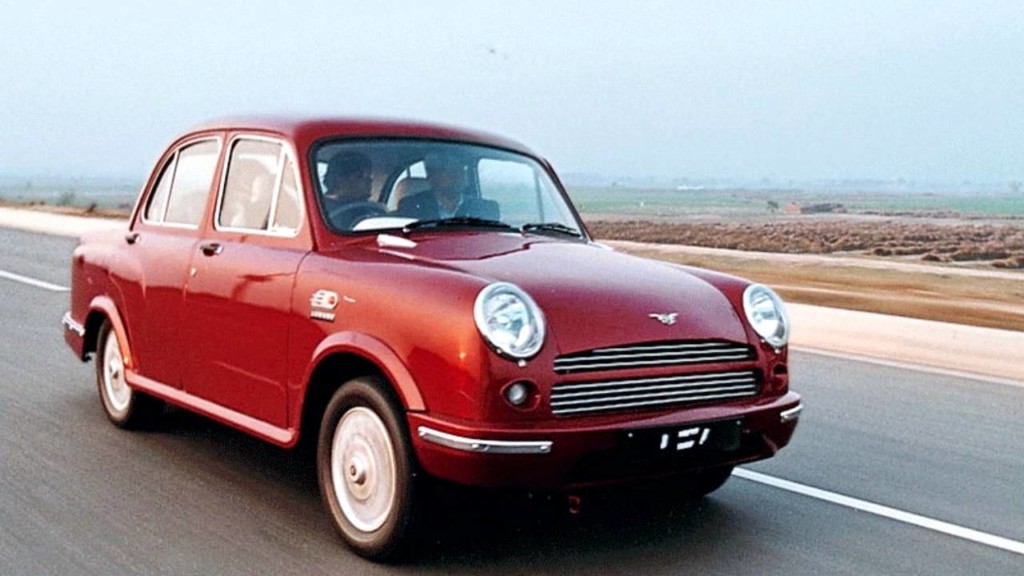Back in the day, if you wanted to roll in a “luxury car”, options were limited. Before the Honda City twins and the Mitsubishi Lancer came along, you had to either settle for a Maruti 1000, or in case you owned a bank, there was the W124 Mercedes-Benz E-Class. However, during the mid-90’s and beyond, the space in between was slowly starting to get sprinkled with some foreign metal. Lets’s have a look at five of the bygone luxury sedans of India.
Opel Astra
In 1996, Opel set shop in India as Opel India Pvt Ltd (OIPL), under the umbrella of the General Motors India Private Limited. The same year, it rolled out its first offering for the country from its newly set up vehicle manufacturing plant in Halol, Gujarat – the second generation Astra. The Opel Astra can be arguably credited for being India’s first, relatively popular luxury sedan this side of a Mercedes-Benz.
With its European looks, robust build quality, a pothole engulfing suspension setup, and a 75 bhp strong 1.6-litre MPFI petrol engine, the Opel Astra earned a name for its own with India’s section of small, yet well-off car buying populace. There was even a 1.7-litre diesel engine rated at 67 bhp, but that was a dud. At a time when features like power windows, power steering, power side mirrors, electric rear defoggers, central locking and a sunroof were the stuff of dreams in India, the Astra had it all, with the top-end Club trim levels retailing for a shade over INR 10 lakh.
It proudly stood out from the sea of Japanese hardware that paraded Indian roads, and is known to be fairly reliable as well. Later on, an AT variant was launched, and eventually in 2006, the Astra was taken off Halol’s production lines. In this day and age, spares for the Astra are difficult to source, and when they do come by, they’re relatively expensive. Also, with an ARAI certified fuel efficiency of 9.2 km/l, the Astra didn’t win as many hearts as it had intended to.
The Opel brand has been discontinued from India since 2006 and was replaced by Chevrolet. The Halol facility is now used by Chevrolet Sales India Private Limited to manufacture Chevrolet vehicles for the Indian market. The Vectra, which came out in 2003, also deserves a special mention here.
Rover Montego
Before the Opel Astra came along in 1996, there was the Rover Montego, which was launched in India in 1995. Based on the Austin Montego, produced by British Leyland from 1984 until 1988, and then by the Rover Group from 1988 until 1995, the Montego was sold in India in collaboration with Sipani Automobiles.
In case you’re wondering who Sipani Automobiles are, they started shop in Bangalore way back in 1973, and are famous for the locally assembled Sipani Dolphin – a badge engineered Reliant Kitten, which itself was a version of the Robin with four wheels . The car was not a success, selling in limited numbers before being discontinued.
Back to the Montego, it was a luxury sedan that offered all the comfort and convenience features like air-conditioning, power everything, and for the first time in India, seat belts for the rear passengers. However, the highlight had to be the performance, which was pretty brisk for 1994. The Montego’s 2.0-litre turbo-diesel engine was rated at 81 bhp, allowing it to reach 100 kph from a standstill in 13.1 seconds. Interestingly, the Rover Montego was the first car to be made/assembled in India that crossed the 100 mph mark, topping out at 163 km/h (102 mph). It was particularly efficient too, and rated at close to 20 km/l by Indian journalists back in the day.
The Rover Montego was assembled from CKD-kits in India following the market liberalization, and was also available in an estate body style. Prices started at a steep INR 6.8 lakhs for the sedan and topped out at INR 7.25 lakhs for the estate. It was not a success either – only 236 cars left the factory in 1995, with just 51 more finding buyers in the next fifteen months.
Daewoo Nexia/Cielo
The now-defunct South Korean automaker Daewoo, along with DCM, started its Indian operations in the 90s with the Cielo sedan. It saw a reasonable amount of success, and came with all the comfort and convenience features. It was ideal choice for those seeking a luxury car that didn’t have a Maruti, Honda or a Mitsubishi badge. The Cielo was powered by a 1.5-liter petrol engine that put out 80 bhp and 128 Nm of peak torque. Incidentally, the Cielo was India’s first mass market car to feature fuel injection, as well as first C-Segment sedan with an automatic transmission. However, the Cielo lost out on the efficiency stakes, registering single digit readings even when driven with ease.
Later in the decade, Daewoo introduced a more powerful variant of the Cielo, called the Nexia. Apart from larger wheels, refurbished interiors with leather seats and wooden inserts, the Nexia was powered by a 1.6-liter petrol engine with 16 valves and DOHC head. With 92 bhp and 130 Nm of torque on tap, performance was rapid, although poor fuel efficiency continued to plague the Nexia. It didn’t catch the fancy of buyers either, as they failed to see the improvements made over the Cielo, leading to the Nexia’s untimely demise.
Ford Mondeo
The third generation Ford Mondeo was launched in India back in 2002, but unfortunately, couldn’t perform as expected. It was a potent machine, with an understated appearance, feature-rich, spacious interiors, and came with a choice of 2.0-litre petrol and diesel engines (2.0-litre Duratec HE and 2.0-litre Duratorq).
The Mondeo offered driver-oriented, sharp dynamics, great performance, a solid build quality, and even a good ride quality given its high handling standards. It also boasted of first-in-class features like Xenon headlamps. What let down the Mondeo was its gas-guzzling habits, and inconsistent reliability. Spare parts were hard to find, and were expensive. Then the Honda Accord came along, and the rest, as they say, is history.
HM Ambassador Avigo
I was wondering if I should have included the HM Contessa in this list, but then, the Vauxhall Victor based sedan is now a cult classic, and certainly not forgotten. However, another time travelling land yacth, and a quirky, personal favorite from the now defunct, Uttarpara (WB) based manufacturer has made it to this list. It was called the Ambassador Avigo, and as the name suggests, based on the ubiquitous Amby. It was launched in 2004, and was produced till 2010.
As compared to the antiquated Ambassador, the Avigo boasted of a re-profiled front end with a sleeker, modern grille, a cleaner bonnet, and swept back, clear-lens headlamps. Both the bumpers were modernized a tad, while the Avigo rode on new, multi-spoke alloy wheels. Inside, the entire dashboard console was redesigned with a classic retro theme reminiscent of the early models with central mounted meter new. The seats, including the capacious rear sofa, were specially built for this model with dual tonne beige colored upholstery, while the interiors featured wood-grain inserts. The Avigo also featured a factory fitted 6CD Kenwood audio system and new air-conditioning system.
The HM Ambassador Avigo could be had with either a 2-litre diesel engine, or an Isuzu sourced 1.8-litre petrol engine.

